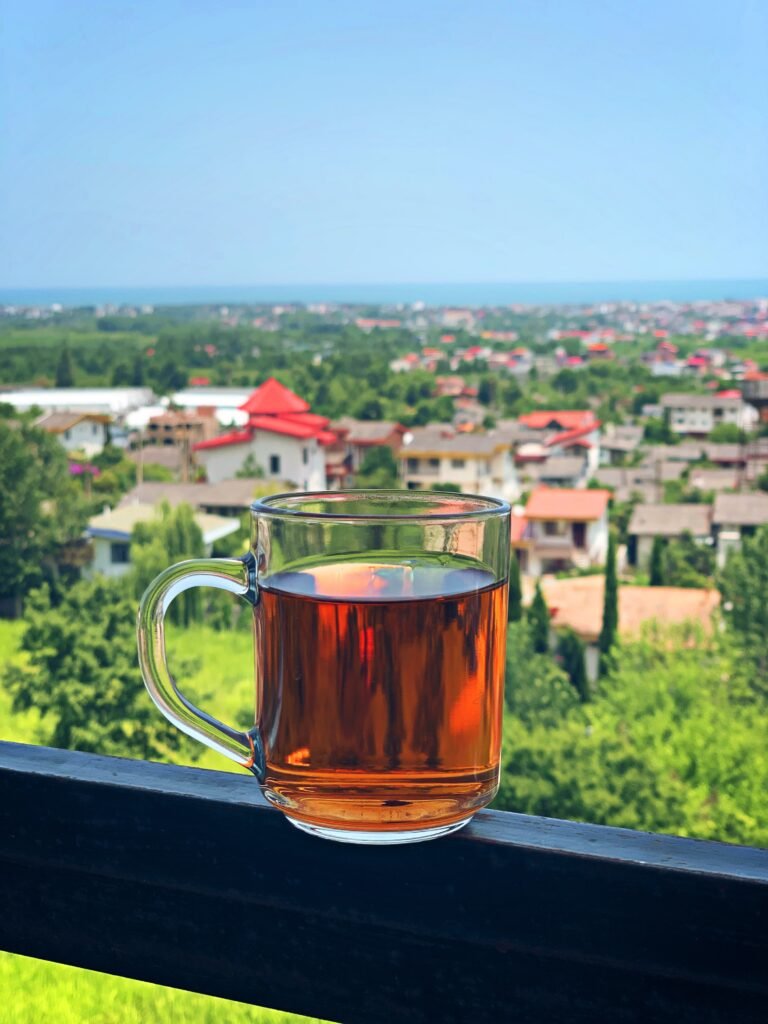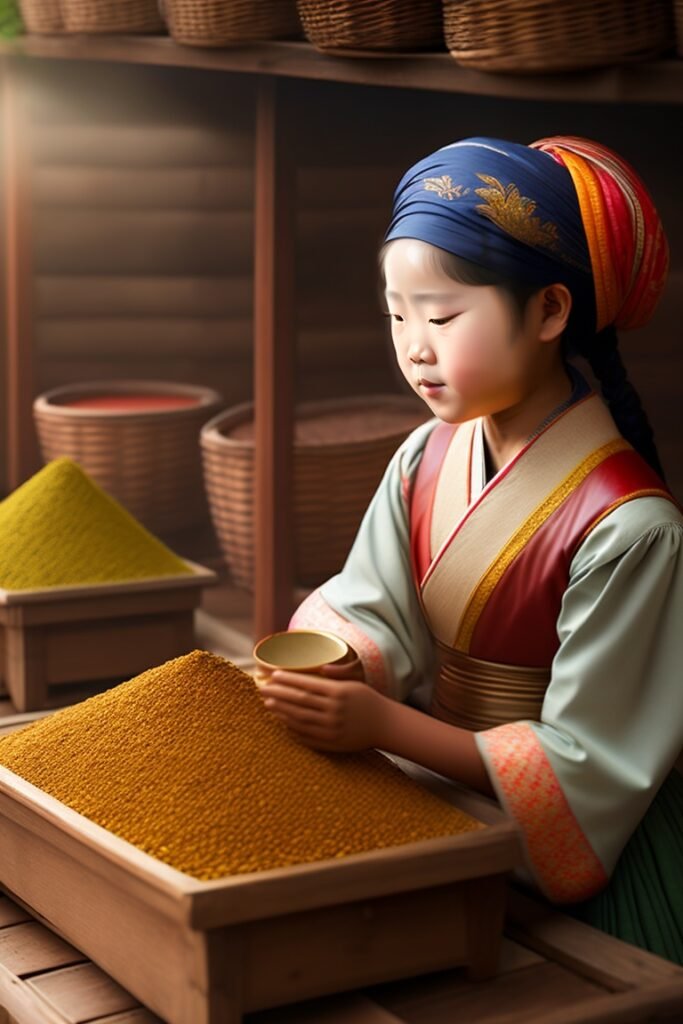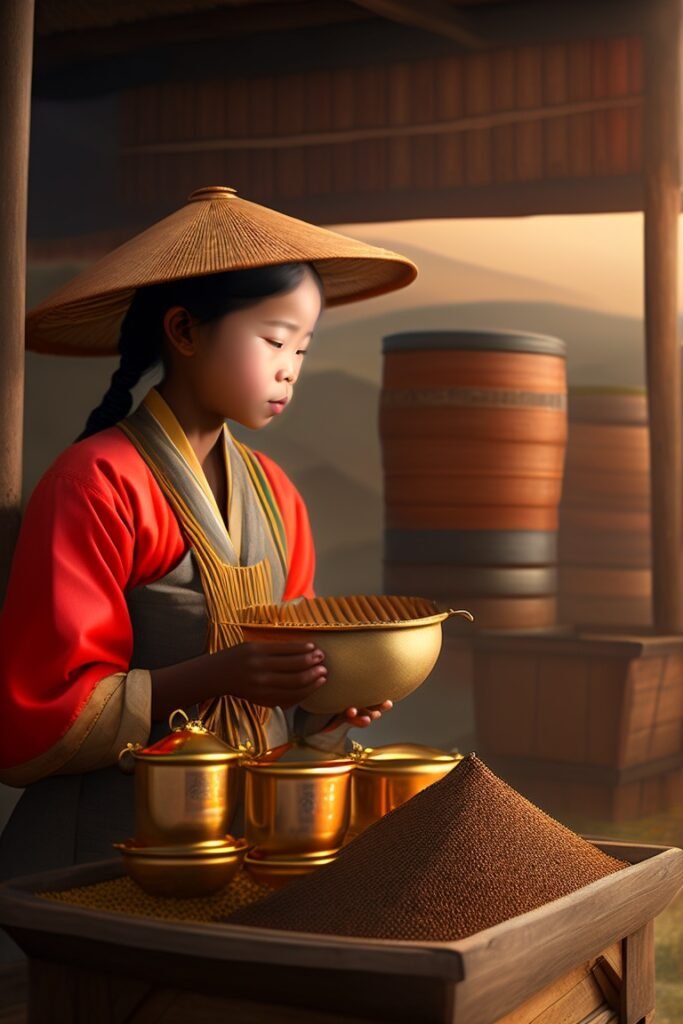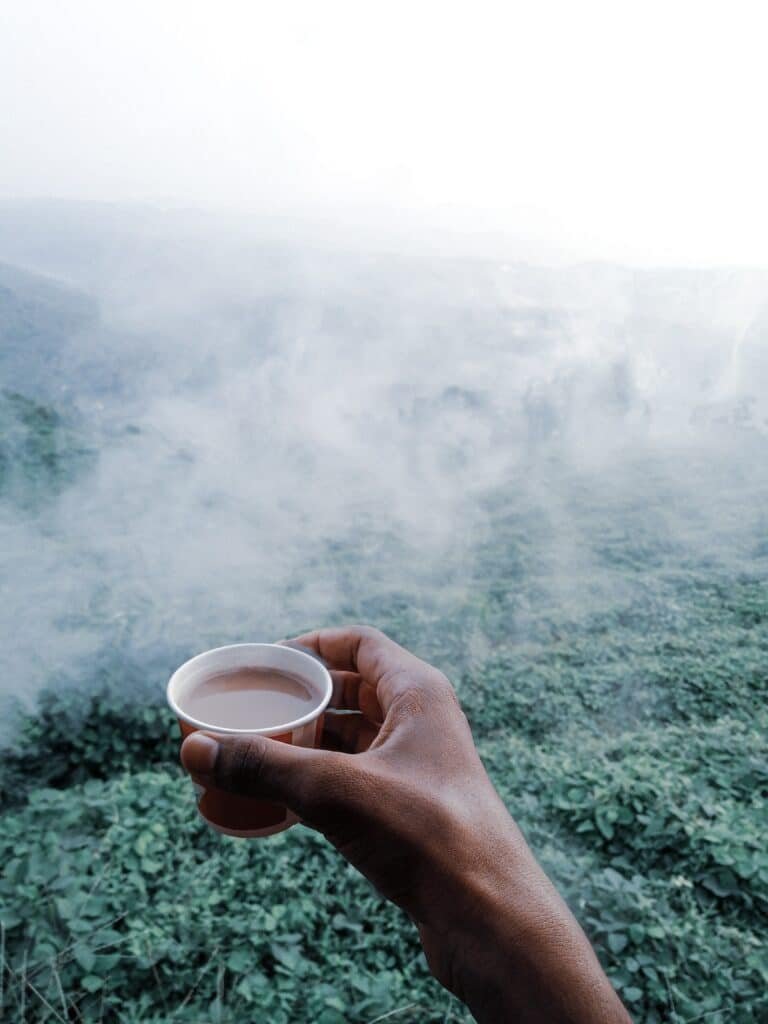In a nation where chai (tea) is more than just a beverage—it’s a culture and a way of life—the Indian tea market stands as a colossal player in the global tea industry. With its rich history, diverse varieties, and enormous consumer base, the Indian tea market’s size, trends, and growth opportunities continue to captivate both local and international stakeholders.Exploring the Indian Tea Market Size, Trends, and Growth Opportunities.

- Introduction
- Historical Significance of Indian Tea
- The Current Landscape of the Indian Tea Market
- Key Players and Production Regions
- Factors Influencing the Indian Tea Market
- Health and Wellness Trends
- Global Export and Trade Relations
- Challenges Faced by the Industry
- Sustainability and Environmental Concerns
- Technological Advancements and Innovation in Tea Production
- Automation and Processing Methods
- Opportunities for Growth and Expansion
- E-Commerce and Digital Marketing
- Government Initiatives and Regulations
- The Role of Tea in Indian Society Beyond Consumption
- Future Projections for the Indian Tea Market
- Projected Consumption Trends
- Potential Global Market Share
- Conclusion
- FAQs
- Contact Details
Introduction
Tea, an integral part of Indian culture, has been cherished for centuries. From the traditional masala chai on the streets of Mumbai to the elegant Darjeeling brews, tea plays a significant role in the daily lives of millions of Indians. With such cultural reverence, it comes as no surprise that the Indian tea market has evolved into a powerhouse, with far-reaching implications for both domestic and international markets.
Historical Significance of Indian Tea
The history of tea in India dates back to the British colonial era when tea plantations were first established in Assam and Darjeeling. Since then, the industry has expanded exponentially, making India one of the largest tea producers globally. The unique climate and geographical conditions in various regions of the country contribute to the diverse flavors and characteristics of Indian tea.
The Current Landscape of the Indian Tea Market
Steady Demand and Consumption Patterns
Tea is more than a beverage in India; it’s a social and emotional experience. The country boasts a massive population of tea consumers, ensuring a consistent demand that spans generations. From morning pick-me-ups to evening conversations, tea remains an inseparable part of daily routines.
Key Players and Production Regions
The Indian tea market comprises numerous tea estates and producers spread across different states. Assam, West Bengal, Nilgiris, and Darjeeling are prominent regions known for their unique tea offerings. These regions not only cater to the domestic market but also contribute significantly to the global tea trade.
Factors Influencing the Indian Tea Market
Cultural Attachment and Rituals
Tea is interwoven into the cultural fabric of India. It’s a common sight to see tea vendors on street corners, serving tea in small cups, known as “kulhads.” Tea breaks are synonymous with socializing and relaxation, creating a strong emotional bond between consumers and the beverage.
Health and Wellness Trends
As health awareness grows, many consumers are turning to tea for its potential health benefits. Green tea, herbal infusions, and other variants are celebrated for their antioxidants and potential to promote well-being. This shift in consumer preferences has led to the rise of specialty tea segments.
Global Export and Trade Relations
India’s tea not only satisfies domestic cravings but also travels to international markets. The nation’s strong export relations have positioned Indian tea as a sought-after commodity worldwide. The diversity of flavors and types caters to a broad spectrum of international palates.
Challenges Faced by the Industry
Competition from Alternative Beverages
While tea remains a staple, the industry faces competition from an array of alternative beverages, including coffee, juices, and energy drinks. Adapting to changing consumer preferences while preserving the essence of tea presents a considerable challenge.
Sustainability and Environmental Concerns
Tea production’s environmental impact is a growing concern. From deforestation to chemical usage, the industry faces pressure to adopt sustainable practices. Balancing economic growth with ecological responsibility is an ongoing struggle.
Technological Advancements and Innovation in Tea Production
Modernizing Cultivation Techniques
Advancements in agricultural technology have transformed tea cultivation. From improved irrigation methods to optimized plucking practices, these innovations contribute to higher yields and better-quality tea leaves.
Automation and Processing Methods
In the processing phase, automation has sped up production without compromising on quality. Sorting, grading, and packaging have become more efficient, ensuring that the freshness and flavor of the tea are preserved.
Opportunities for Growth and Expansion
Exploring Organic and Specialty Tea Segments
The global trend towards organic and artisanal products presents an exciting opportunity for the Indian tea market. Specialty teas, such as Darjeeling’s muscatel, command higher prices and cater to a niche audience of discerning tea enthusiasts.
E-Commerce and Digital Marketing
The digital realm offers a new avenue for reaching consumers. E-commerce platforms and social media enable tea companies to connect directly with buyers, offering convenience and personalized experiences.
Government Initiatives and Regulations
The Indian government plays a role in shaping the tea industry through regulations and initiatives. These efforts aim to improve quality, promote sustainability, and ensure fair labor practices within the tea estates.
The Role of Tea in Indian Society Beyond Consumption
Tea has transcended its role as a mere beverage and become a cultural symbol in India. It’s intertwined with traditions, ceremonies, and even religious practices, reflecting its deep-rooted significance in society.
Future Projections for the Indian Tea Market
Projected Consumption Trends
The Indian tea market is projected to maintain its strong foothold in the beverage industry. As income levels rise and tea continues to adapt to modern preferences, consumption is expected to remain steady.
Potential Global Market Share
With the growing interest in specialty teas and the increasing global awareness of Indian tea’s unique qualities, the country is well-positioned to expand its global market share and contribute further to the international tea trade.
Conclusion
The Indian tea market’s journey from historical roots to modern trends exemplifies its adaptability and resilience. As it navigates challenges and seizes opportunities, the Indian tea industry remains an integral part of the nation’s identity and an ever-evolving participant in the global tea landscape.
FAQs
- Is Indian tea only consumed domestically? Indian tea is both consumed domestically and exported to various international markets.
- What are some popular Indian tea varieties? India offers a wide range of teas, including Assam, Darjeeling, Nilgiri, and masala chai.
- How does tea contribute to India’s economy? Tea production and trade significantly
Contact Details
Calling & Whatsapp No:- 9499347308
Email: info@zirconshop.in
Visit Our Site:-zirconshop.in
Official YouTube Channel For Business :- Zircon Blogs



